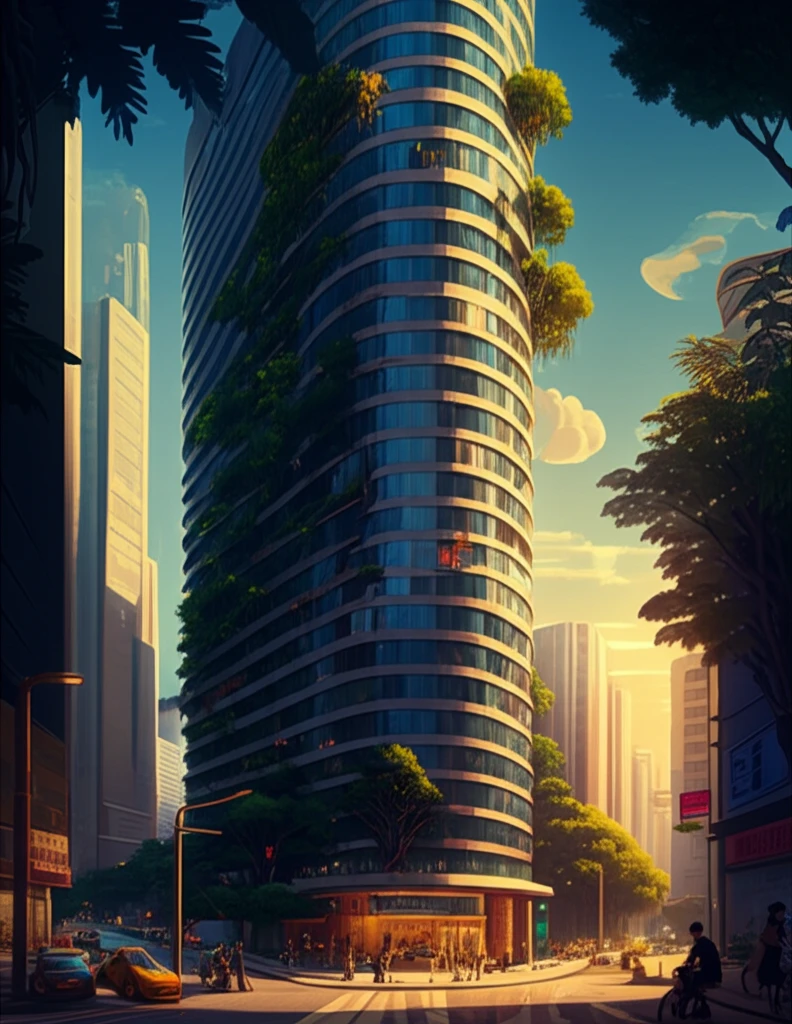
Copan Building: How Brazilian Modernism Mastered Sustainable Design
"Explore the bioclimatic design secrets of São Paulo's iconic Copan Building and how its principles are relevant for modern sustainable architecture."
Brazilian modernism, flourishing between 1930 and 1964, left behind an architectural legacy deeply rooted in environmental design. This approach, far from being outdated, offers valuable lessons for contemporary building practices, particularly in the pursuit of sustainability.
The COPAN building, completed in 1966 in São Paulo, Brazil, stands as a prime example of this bioclimatic approach. Designed by the legendary Oscar Niemeyer, the COPAN is not just an architectural icon; it's a testament to how thoughtful design can create comfortable and energy-efficient living spaces, even in a high-density urban environment. Its 1,160 residential units varying from studios to three-bedroom apartments distributed across six blocks show sustainability across all levels.
This iconic tower utilizes a massive concrete curvilinear structure, thoughtfully designed with horizontal concrete brise-soleils to shade the north and northwest orientations. The south and southeast sides are opened with a single glazed curtain wall, leveraging natural light while managing heat gain. How does the building maintain a balance between open space and climate control?
What Makes COPAN a Bioclimatic Marvel?

The COPAN building's design incorporates several key elements that contribute to its thermal environmental quality:
- Natural Ventilation: The design maximizes natural ventilation, allowing for airflow throughout the building. This helps to dissipate heat and maintain air quality, reducing reliance on air conditioning.
- Strategic Orientation: The building's orientation, with its curved facade, is carefully considered to optimize solar shading and natural light. The north and northwest facades are shaded, while the south and southeast facades capture sunlight without excessive heat gain.
- Compact Housing: The variety of housing types contributes to a diversified building population. A range of residential units, from compact studios to larger apartments, allows for a mix of residents and promotes a sense of community.
Lessons for Modern Sustainable Design
The COPAN building offers valuable lessons for contemporary sustainable design. Its success demonstrates the importance of integrating passive design strategies, such as thermal mass, solar shading, and natural ventilation, to create comfortable and energy-efficient buildings. These principles are particularly relevant for high-density urban environments, where innovative solutions are needed to reduce energy consumption and improve the quality of life for residents. By revisiting the lessons of Brazilian modernism, architects and designers can create more sustainable and resilient buildings that address the challenges of the 21st century.
